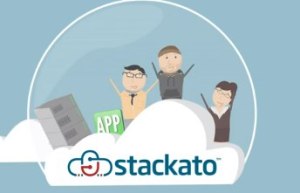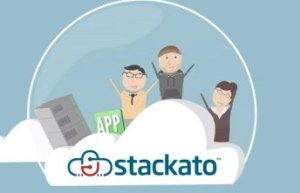HP recently striked a candied deal with Platform-as-a-Service (PaaS) provider ActiveState. It has become the official PaaS for the entire HP cloud business.
ActiveState bagged the HP deal with the help of Stackato, its PaaS that uses Cloud Foundry to offer a distributed developer platform. It’s executives say the company has hardened CloudFoundry for the enterprise. This would mean Stackato offering additional languages and providing more hypervisor and infrastructure support, beside application lifecycle tools and monitoring capabilities.
Wrapped as a virtual machine, Stackato can run both in a private data center and a public cloud environment. It’s dual capabilities has appealed most to HP.
The strength of Stackato is that it was built with a “security first” approach, making it look interesting to enterprise buyers. Beside supporting different programming languages, it also helps developers to transfer apps from their desktops to different cloud environments. This might be seen as a public cloud service, a hybrid one or an on-premise arrangement.
This provides Stackato an opportunity to influence HP and its huge customer base. But it also has its share of problem. ActiveState could get stuck in the muddy internal politics that has pitted HP’s traditional server business against its cloud strategy. The crack is very clear with the recent departure of company’s cloud computing head, Zorawar Biri Singh. But it’s also related to company’s old and deep association to the traditional enterprise hardware and software market from where it gets the majority of its revenues.
HP is the global leader in x86 server sales. As a result the company faces an awkward situation in selling more servers and attract businesses to a public cloud service. A customer need not need servers if it uses a public cloud environment. It can generate more profits if it sells into the traditional data-center market. Currently like most of the companies, HP too is positioning this as a private or managed cloud strategy.
To read the complete article, click here.




